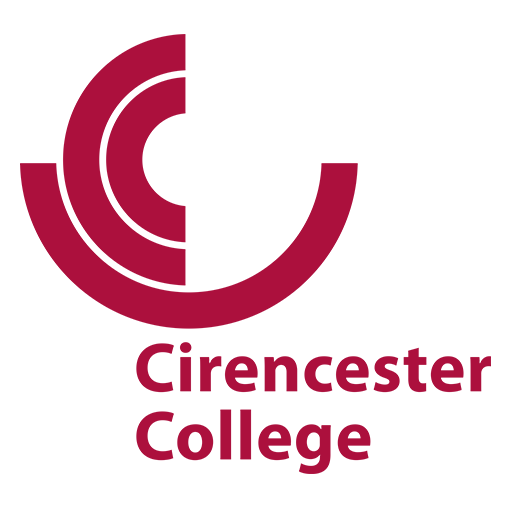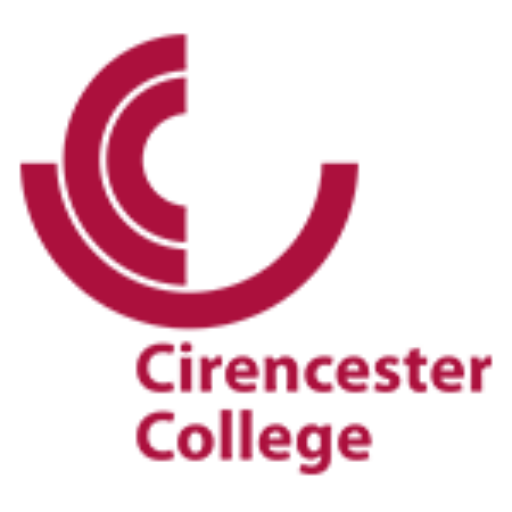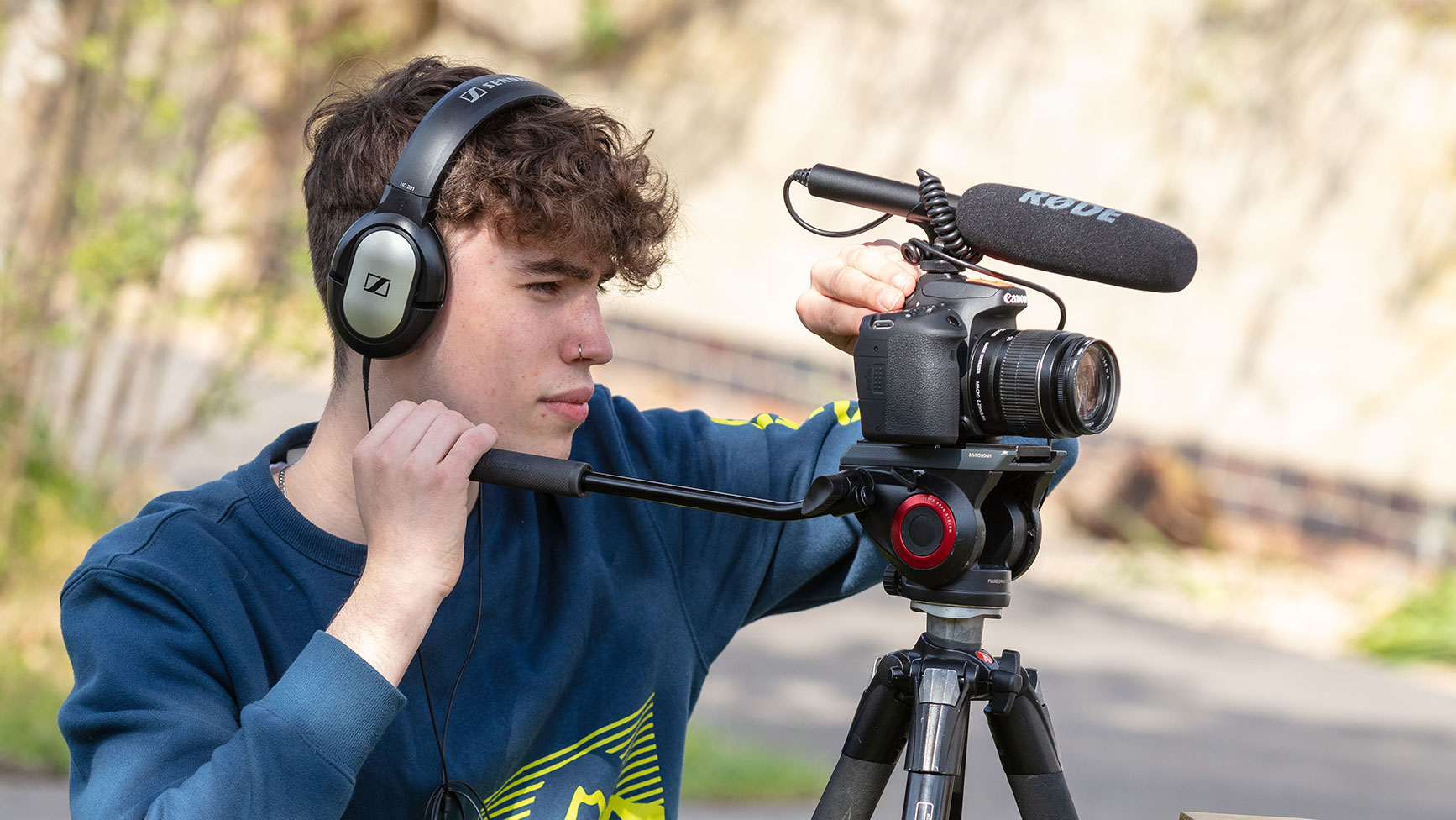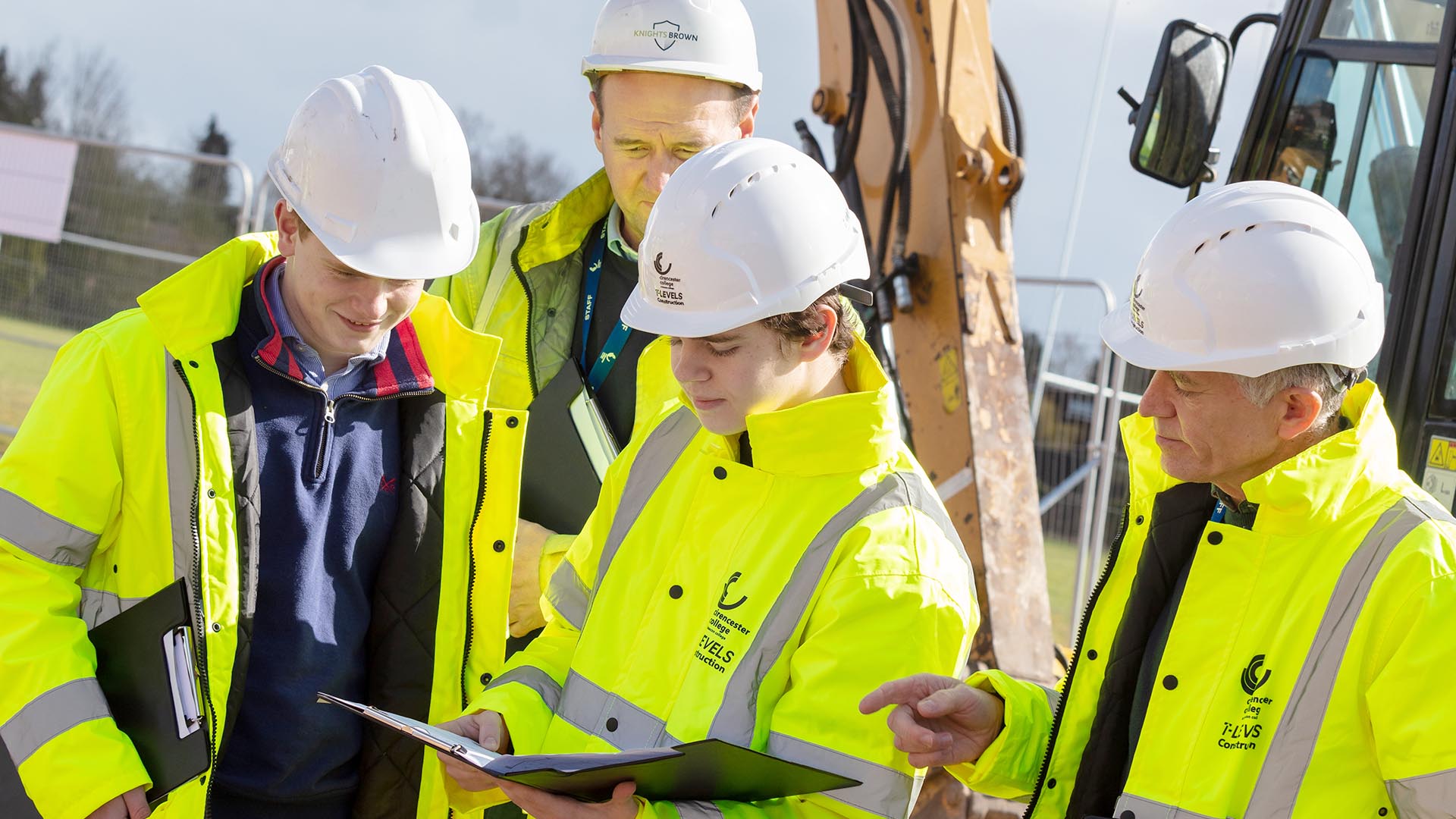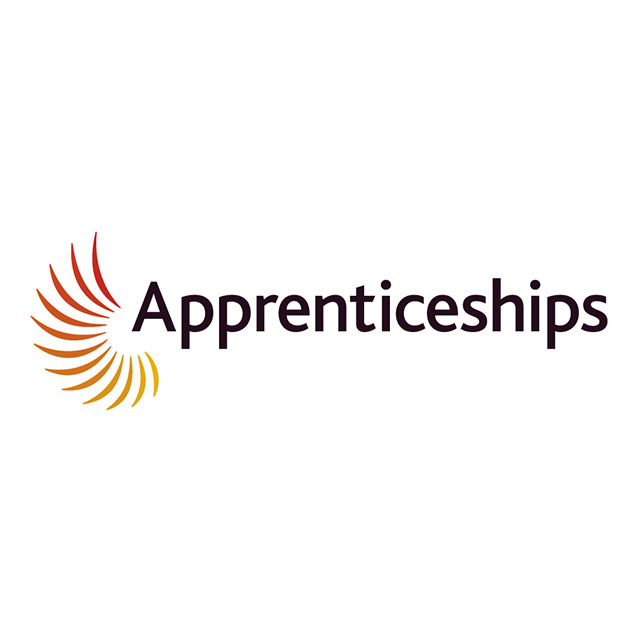DO NOT DELETE OR EDIT THIS ROW OR ITS CONTENTS

Art and Design 3D is distinguishable in this option by the emphasis placed upon the creative and functional response to a design brief or context. This course provides an exciting opportunity for learners to experiment with a range of materials and contexts, such as product design, body adornment and jewellery, architecture and ceramics. 3D Design will help you develop your own ideas and hands on modelling and product making opportunities to explore design communication and problem solving. Students are encouraged to design sustainably and incorporate three dimensional research, communication and analytical skills, including organisation and self-management, valuable to a huge range of careers.
What will I study in Design - 3D Design A-level?
This is a creative course that allows you to design, make and model, environments, products and artefacts. 3D Design requires high levels of visual awareness, including drawing skills and the ability to work skilfully with tools and materials. You will create functional and decorative designs in response to given starting points or project briefs using a wide range of materials including wood, wire, mdf, plastics and ceramics. You will make things through traditional craft techniques and use modern technologies such as laser cutting and using the CAD programs adobe suite.
Most projects will start with some visual research which will involve you drawing and photographing man-made and natural objects or environments. You will investigate the work of other artists and designers and develop an understanding of historic and contemporary creative practices. You will be introduced to a range of materials and you will learn how these can be manipulated and combined to create new and innovative 3D outcomes.
Projects might include:
• Architectural: exteriors, interiors and landscape
• Product Design: sculptural and creative pieces for the home or individual, lighting, small scale model furniture.
• Jewellery: body adornment, creative objects to enhance and fashion accessories using any 3D materials.
• Ceramics: functional, ornamental and sculptural, or pottery.
During the individual project work, you will develop a personal direction within your creative work. You will select a theme that will serve as the inspiration and direction for your coursework. You will carry out visual research in the form of drawings and photographs and also experiment with materials and processes to establish what is possible and develop specific skills. You will generate a design brief and record and explore your ideas using sketches and maquettes to communicate your concepts. Your ideas will evolve and develop allowing you to produce your final work to a very high standard. You will work on your personal theme for about two and a half terms allowing you to develop sophisticated concepts. You will also produce a written essay based on the study of artists and designers that relate to your theme or the materials and techniques in which you choose to work.
This is an Art based creative course and the emphasis is on developing visually exciting work regardless of the materials or processes that you choose to work with.
Entry Requirements
5+ GCSEs at Grade 4 or above, all from the core subjects, including English Language and Maths. Grade 4 in Art or a MERIT or DISTINCTION at BTEC Level 2 in an Art/Design subject.
If you have not studied a creative visual course at GCSE, entry may also be made via portfolio/interview. You have the option of showing us the work you have done or there is a set project which you can undertake so that we can see your skills and gauge your enthusiasm to study this course.
How will I learn?
Most learning takes place through hands on experience together with in-depth individual research into artists, designers materials and techniques.
The development of skills such as drawing and sketching requires practice and determination so you will learn by investing time and knowledge outside of lessons. (4-5 hours per week) Becoming competent with particular techniques or processes of how materials behave.
CAD or model-making is time consuming and rewarding in equal measure. Ordinarily, we use one to one sessions to discuss your progress and design ideas, where individual guidance and advice is given by your lecturer together with more formal written feedback.
How will I be assessed?
The Personal Investigation counts for 60% of your A-level: This is a long coursework unit that is started during the first year and concluded during the second year.
The Externally Set Assignment accounts for the remaining 40% and is set by the examining body (Eduqas). You will start your preparation for this in February of the second year and produce your final work in 15 hours (normally three days) under controlled conditions in the studio/workshop.
Work is normally presented in an A3 sketchbook using a combination of digital and traditional presentation techniques. 3D work is usually in the form of test pieces, experiments, models and final outcomes.
Any trips?
There are opportunities across the Art and Design department to visit major museums and galleries in this country. You are likely to visit London and a further afield trip abroad. We also take advantage of local exhibitions, opportunities and events and you are strongly encouraged to arrange your own visits to museums and art galleries or study architectural buildings appropriate to your area of study.
Are there any costs involved?
This is a brief summary of costs.
- There is an annual contribution each year of £40 to help go towards purchasing materials and components for you to use throughout the projects we set in year 1. Without this, the scope for a wide range of experiences to explore specialist materials is greatly reduced. Please make this payment via wisepay.
- In Y2 many prefer to personalise their projects and we would expect students to fund this themselves.
- You may be asked for additional payment if you use large quantities of materials or very expensive ones.
- Stationary, presentation boards and some craft materials are stocked in the student shop in college. They have a good range available and students are encouraged to use this resource where possible.
- Trips are an additional cost and this will be provided with a letter outlining the details of the trip.
Cirencester College runs a Bursary Scheme which can be accessed, please contact the college for further details.
FAQs
No, however, you still need to have a good command of English to write your extended written essay and other research, analysis, annotations and evaluations.
You can use CAD to explore and communicate ideas but most ideas will be explored with traditional sketching. You will have access to a laser cutter and the adobe suite for design however the emphasis in this course is on art and design, craft skills and knowledge of creating unique ideas and outcomes.
At the start of the course, you will work from some set starting points but you will be able to develop your own personal direction from these. During the personal investigation, you can choose your own theme from which to work and produce any type of 3D design outcome
Yes. This is an art based course and drawing is essential for recording observations, exploring ideas and communicating designs. The ability to draw is essential.
That of course depends on what course you have studied at school. GCSE courses vary immensely in content and nature and individual teachers all have slightly different approaches.
If you have studied any Art based subject such as, Fine Art, 3D, Graphics, Textiles, you will find this course very similar in the creative approach.
If you have studied Design and Technology the workshop processes will be similar but the emphasis on sketching and drawing and developing creative ideas through researching the work of other artists will be quite different and more kin to Art rather than technology.
We would expect you to consider that Art and Design are not seen as an easy option however, a challenge that you show passion for all things creative. That you are naturally curious about Art and Design and want to learn more about other cultures, products, artworks and design concepts. By visits that you make externally to the classroom, museums, galleries and site visits. This will show in your work progress and ultimately lead to success at A Level.
It is not recommended that you choose more than 2 creative (Art and Design) subjects.
Combinations of these - 3D Design, Fine Art, Textiles Graphics and Photography - you should be aware of the following points
- You should be an exceptionally motivated and talented student and anticipate a career in the creative industry.
- The workload will be high with similar or identical pressure points in all courses.
- These courses share the same specification (currently from EDUQAS/WJEC) and therefore have a common marks scheme and share an Externally Assessed Assignment paper.
Awarding Body
WJEC EDUQAS
Available As
[56 UCAS pts. available]

Add to Application
What can I do after I have taken this course?
Available As
[56 UCAS pts. available]

Add to Application

DO NOT DELETE OR EDIT THIS ROW OR ITS CONTENTS
